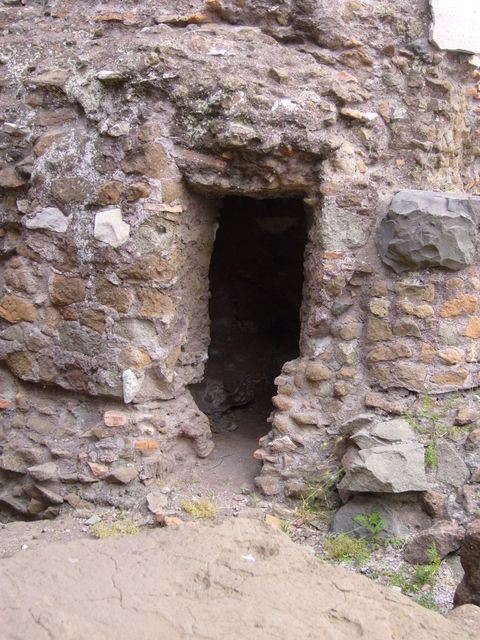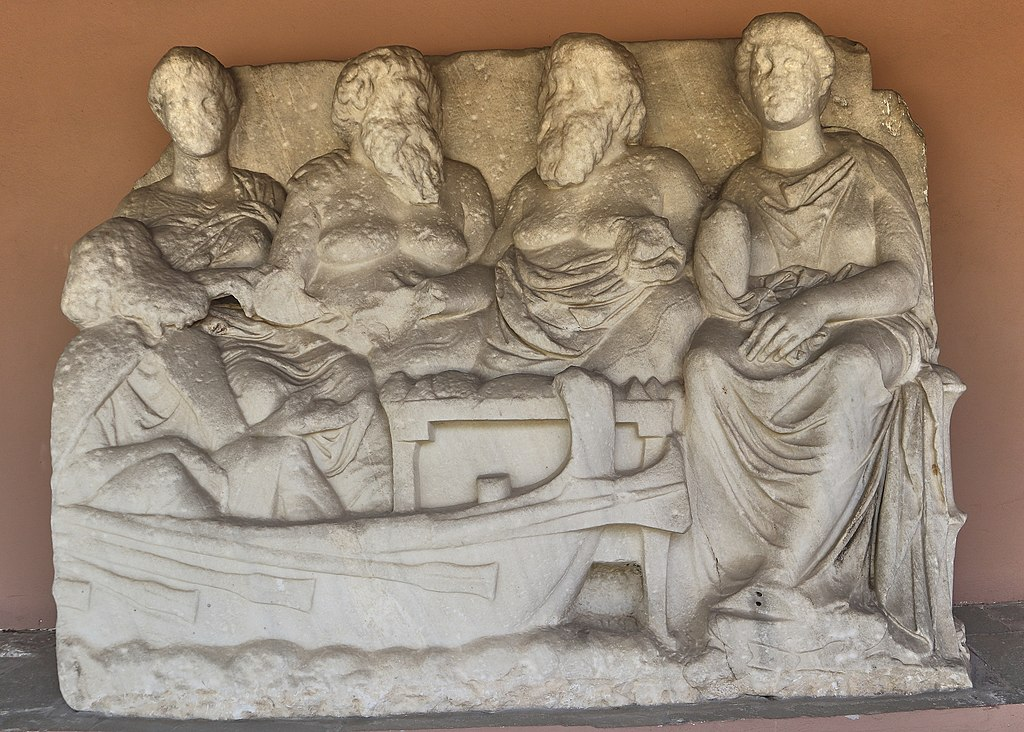Tag: AGRICULTURE
-

Freeze branding aka CryoBranding and the resulting brands, trichoglyphs, is a technique involving a cryogenic coolant instead of heat to produce permanent marks on a variety of animals
The coolant is used to lower the temperature of a branding iron such that its application to shaved skin will permanently alter hair follicles. The intense cold destroys the pigmentation apparatus in the animal’s hair follicles, leaving all subsequent hair growth without color. This creates a high-contrast, permanent mark in the shape of the branding iron’s head. A longer application of the cold iron can also…
-

Erich Traub (1906 – 1985) German veterinarian, scientist and virologist who specialized in foot-and-mouth disease, Rinderpest and Newcastle disease
Erich Traub worked directly for Heinrich Himmler, head of the Schutzstaffel (SS), as the lab chief of the Nazis’ leading bio-weapons facility on Riems Island. Note: Riems is home to the oldest virological research institution in the world, now called the Friedrich Loeffler Institute, which was built by Friedrich Loeffler in 1910. Loeffler, a professor at the University of Greifswald, ran filtration tests in 1898 and found…
-

Umbilicus and Mundus (Roman Forum) and a depiction of Ceres holding a caduceus on a CSA $10 note
The Umbilicus Urbis Romae (“Navel of the City of Rome”) was the symbolic centre of the city from which, and to which, all distances in Ancient Rome were measured. It was situated in the Roman Forum where its remnants can still be seen. These remains are located beside the Arch of Septimius Severus and the Vulcanal, behind the Rostra. Originally covered in marble, the Umbilicus is…
-

Shishi-odoshi
Shishi-odoshi (鹿威し) (literally, “deer-frightening” or “boar-frightening”), in a wide sense, refers to Japanese devices made to frighten away animals that pose a threat to agriculture, including kakashi (scarecrows), naruko (clappers) and sōzu. In a narrower sense, it is synonymous with sōzu. A sōzu is a type of water fountain used in Japanese gardens. It consists of a segmented tube, usually of bamboo, pivoted to one side of its balance point. At rest,…
-

A tzompantli or skull rack was used for the public display of human skulls, typically of war captives or sacrificial victims
A tzompantli (Nahuatl pronunciation: [t͡somˈpant͡ɬi]) or skull rack was a type of wooden rack or palisade documented in several Mesoamerican civilizations, which was used for the public display of human skulls, typically those of war captives or other sacrificial victims. It is a scaffold-like construction of poles on which heads and skulls were placed after holes had been made in them. Many have been documented throughout Mesoamerica,…
-

Chthonic is a word related to all things underworld
The word chthonic, or chthonian, is derived from the Ancient Greek word χθών, “khthon”, meaning earth or soil. It translates more directly from χθόνιος or “in, under, or beneath the earth” which can be differentiated from Γῆ, or “ge”, which speaks to the living surface of land on the earth. In Greek, chthonic is a descriptive word for things relating to…
Recent Posts
- 🧬 Disease Table with Low Sodium Connection
- 🧂 Sodium Reduction and Sodium Replacement: A History of Reformulation and Exploding Diseases, Including Many Diseases Unheard of Before Deadly Sodium Policies
- 🧂 The DEADLY 1500 mg Sodium Recommendation predates the WHO’s formal global sodium reduction push by nearly a decade (and it’s even worse than that)
- 🧬 What Is Beta-Glucuronidase?
- When Sugar Was Salt: Crystalline Confusion and the Covenant of Sweetness
Tags
ADAM ASPARTAME Birds Blood Bones Brain Bugs Cancer Columba Cows crystallography Death Death cults Eggs Etymology Gastrin Gold Growth hormone History Hormones Insulin Liver Mere Perplexity Metal Monkey Business Mythology Paracetamol Plants Poison Pregnancy Protein Religion Reproduction Rocks Salt Slavery Snakes Sodium the birds and the bees Thiocyanate Tobacco Tylenol Underworld Venom zinc